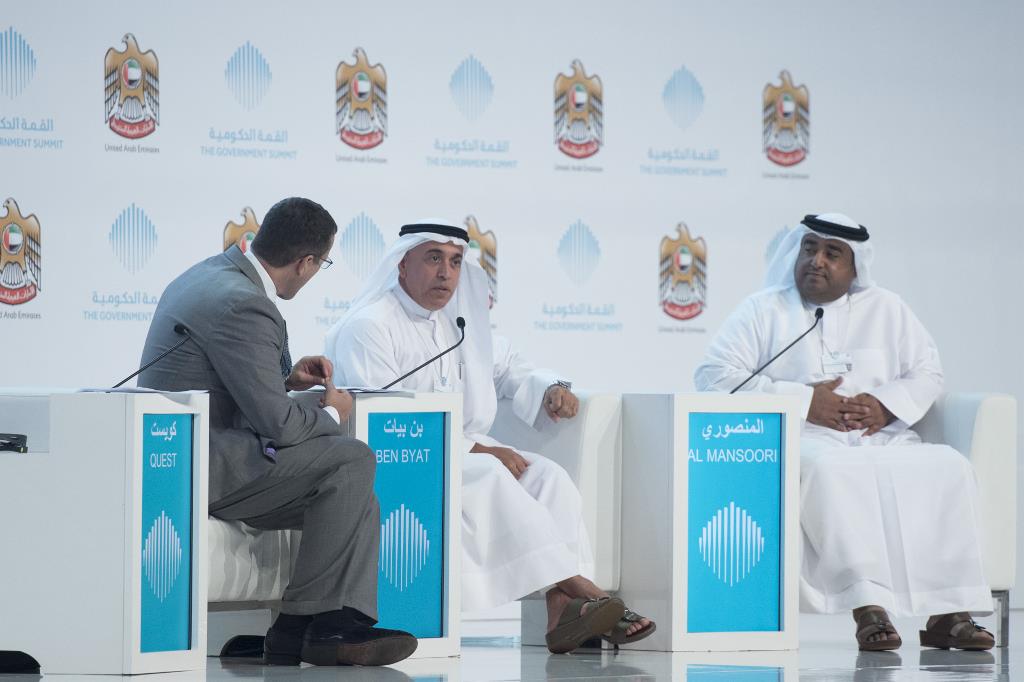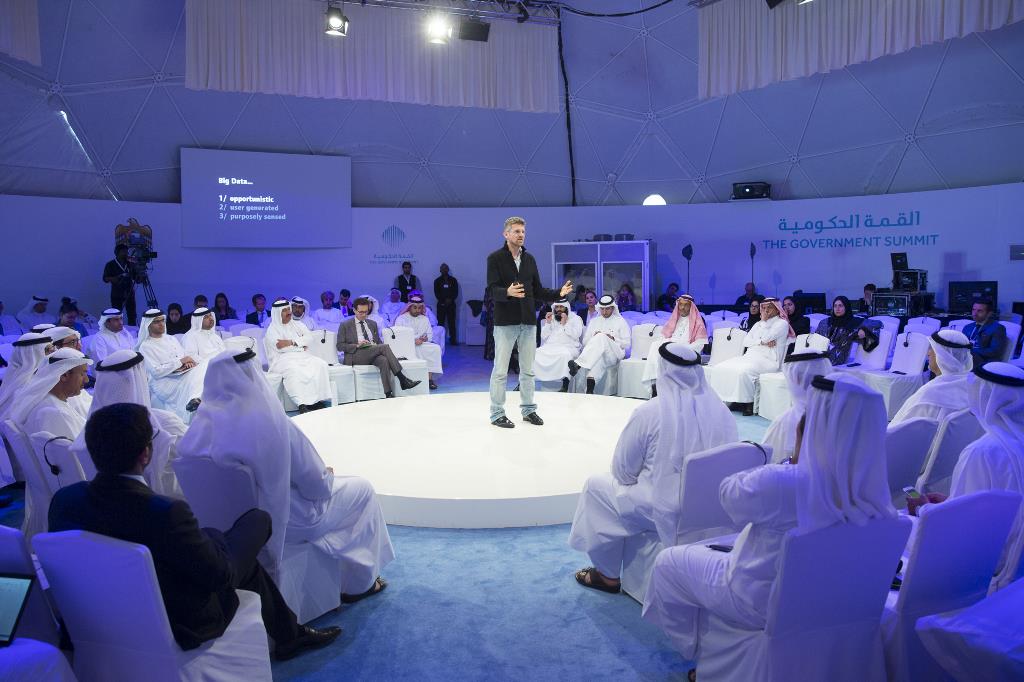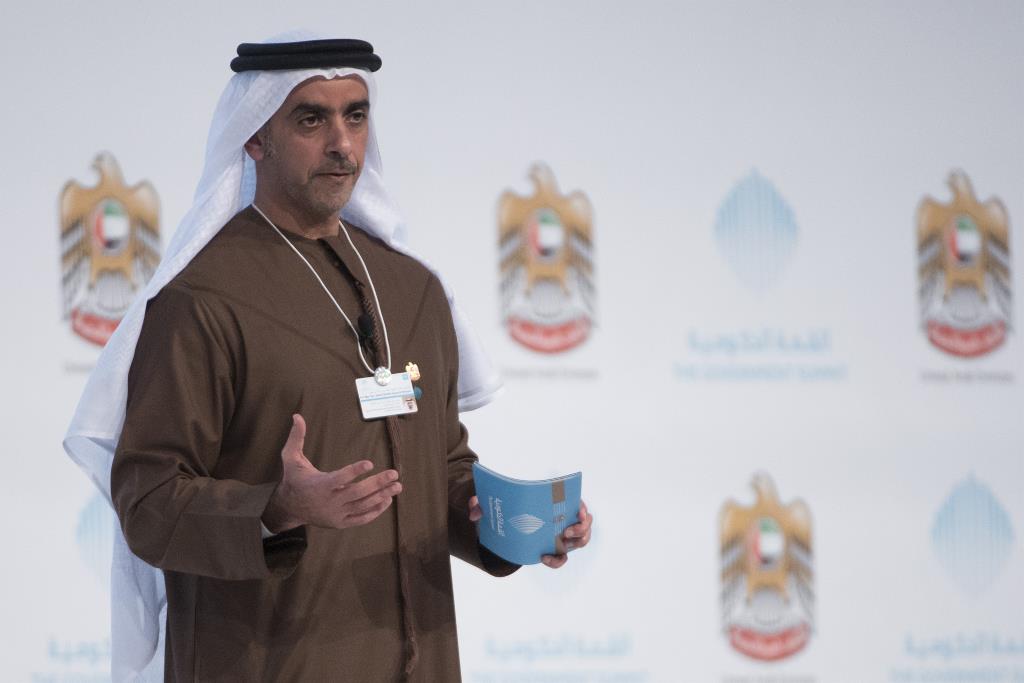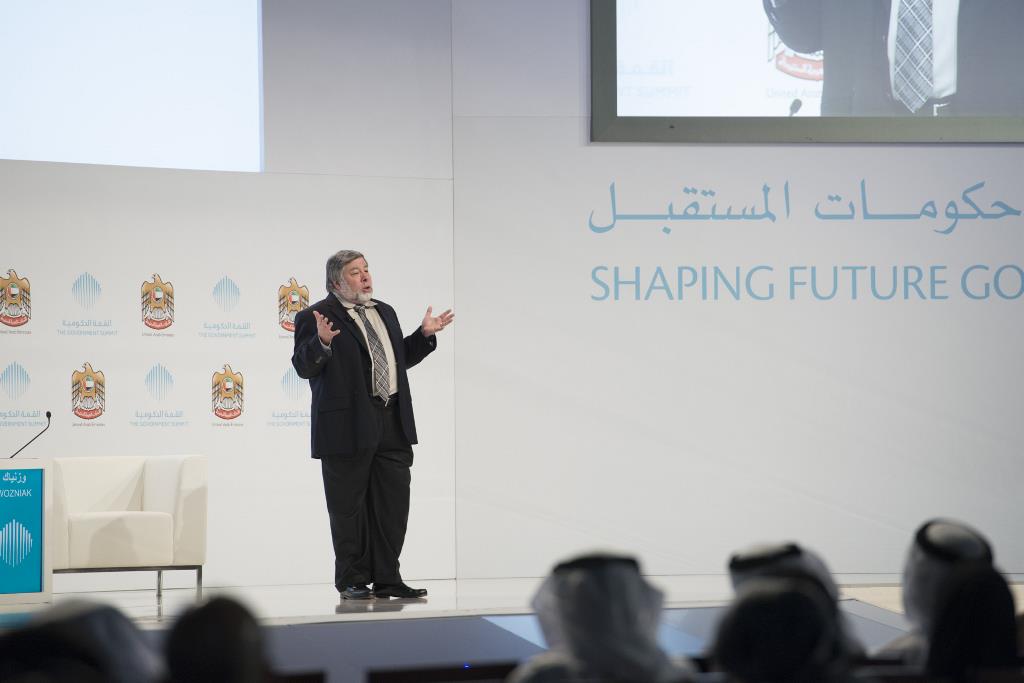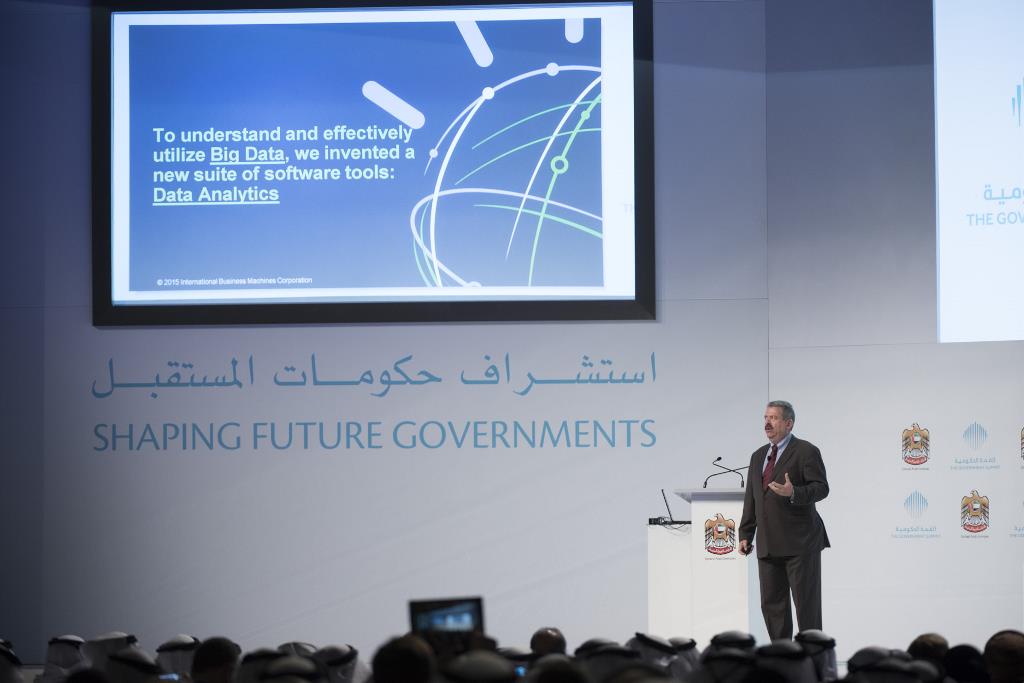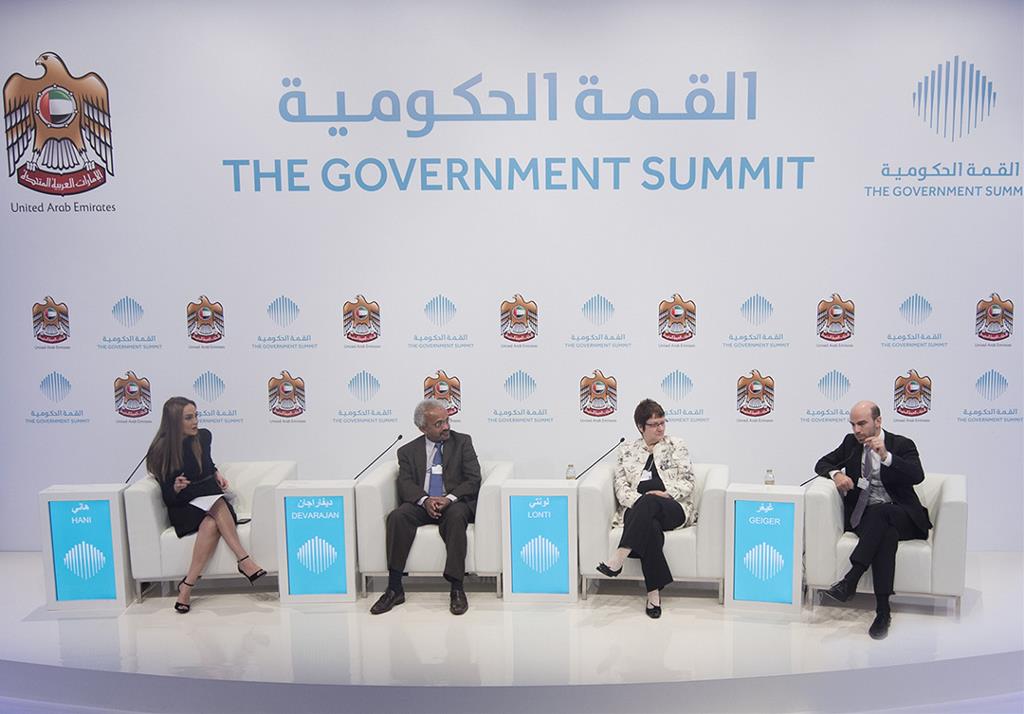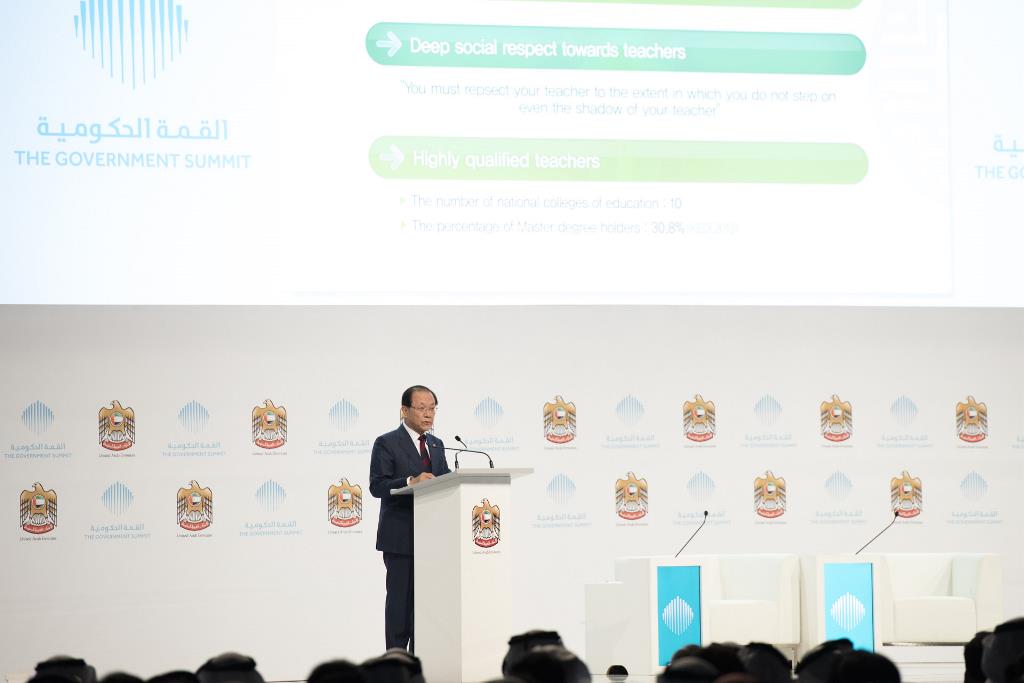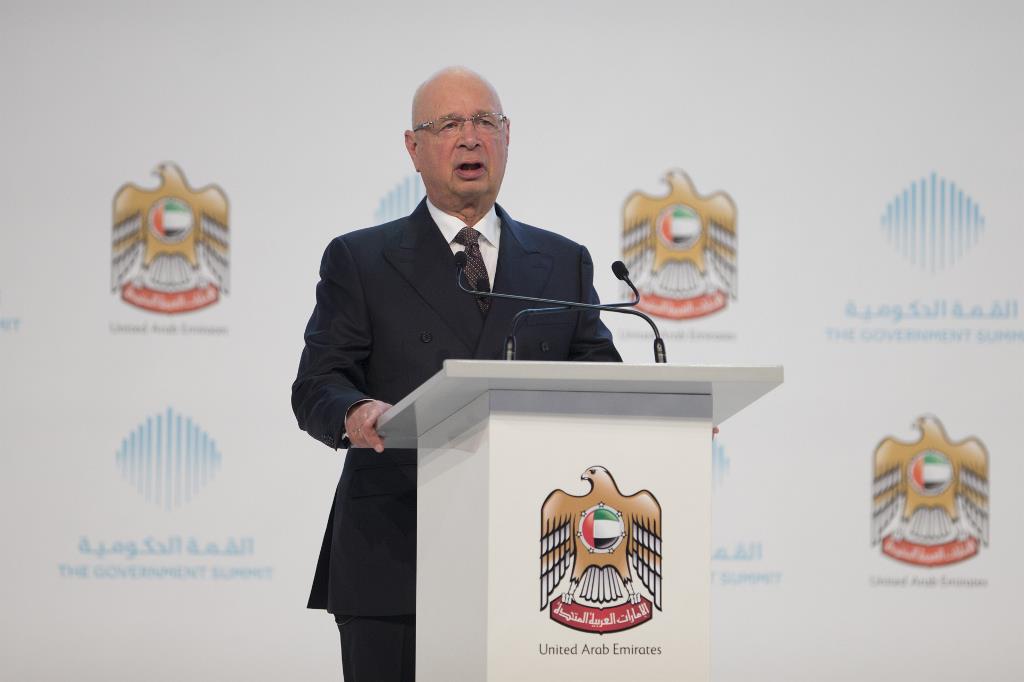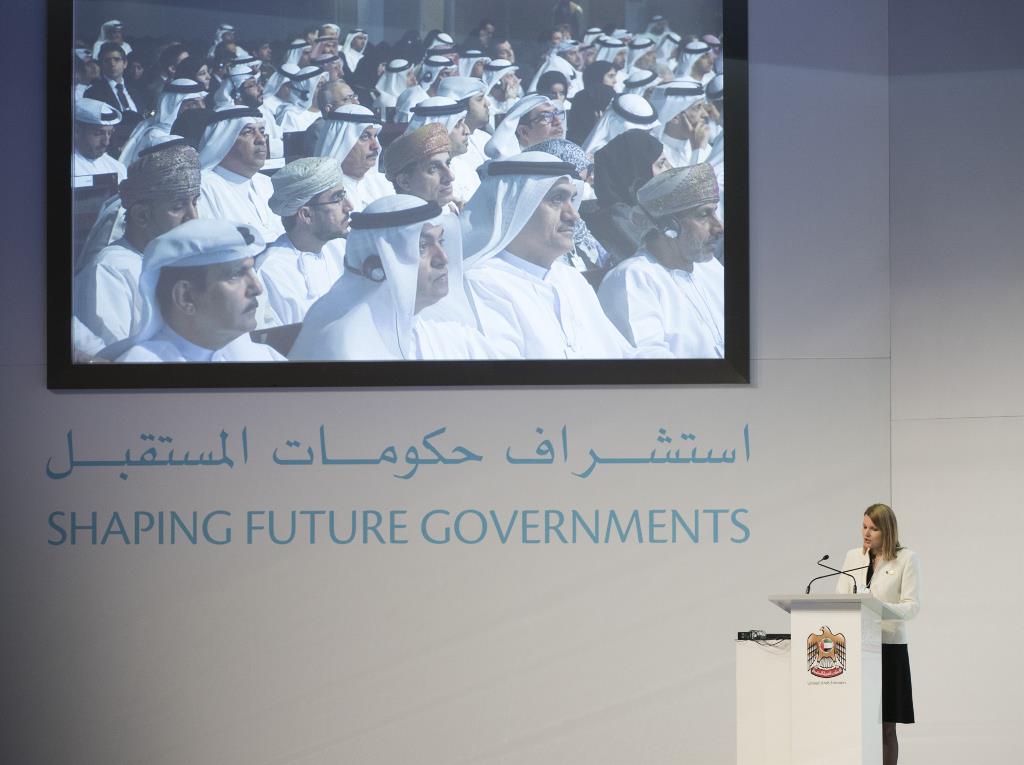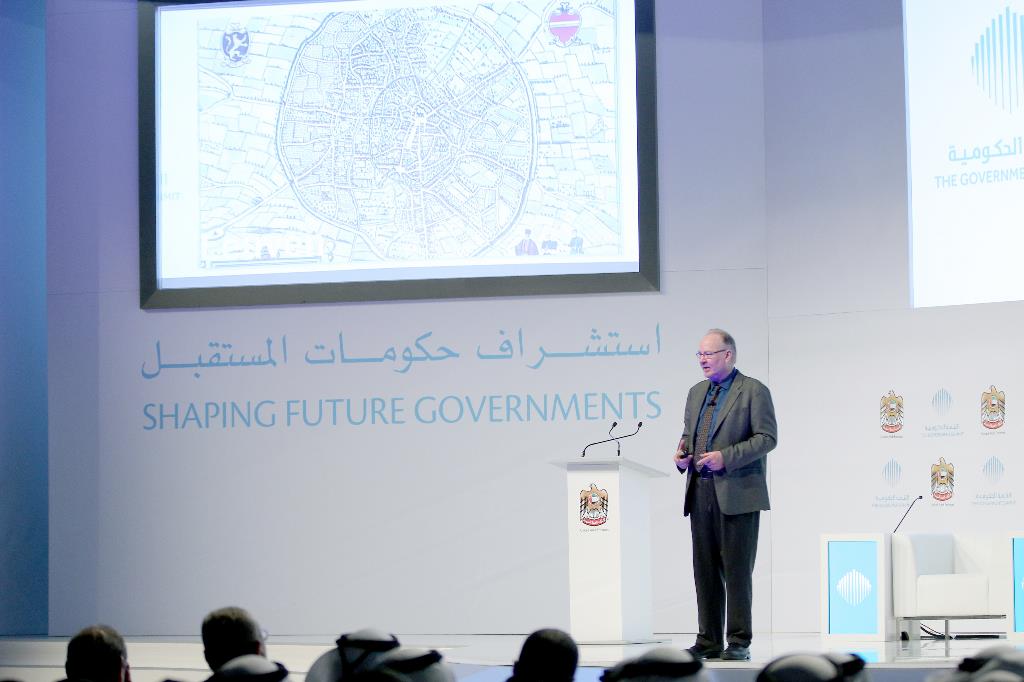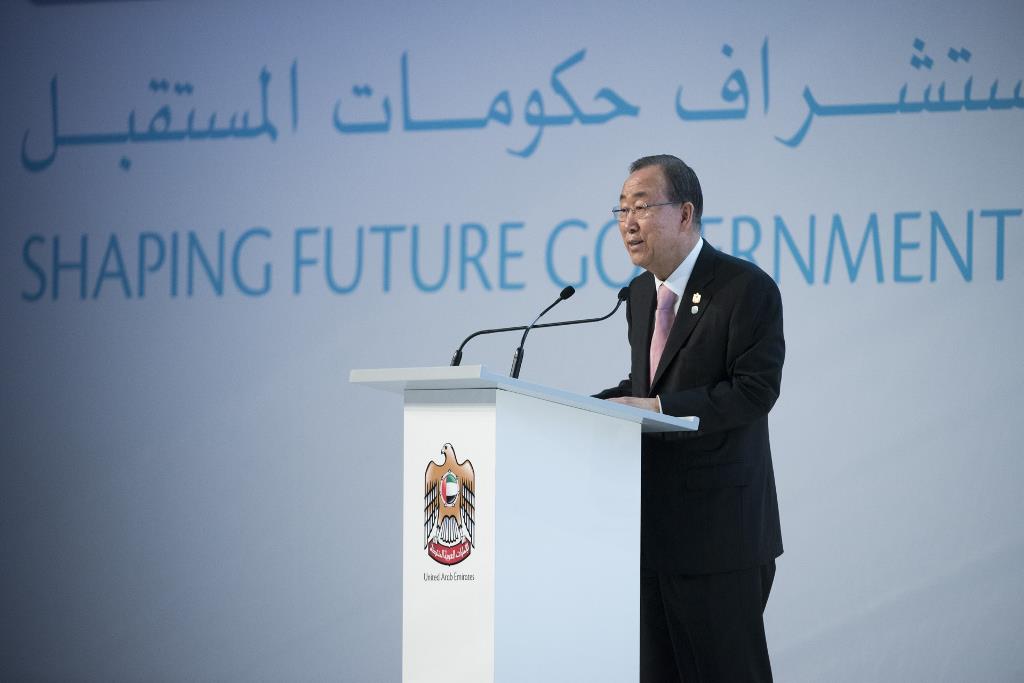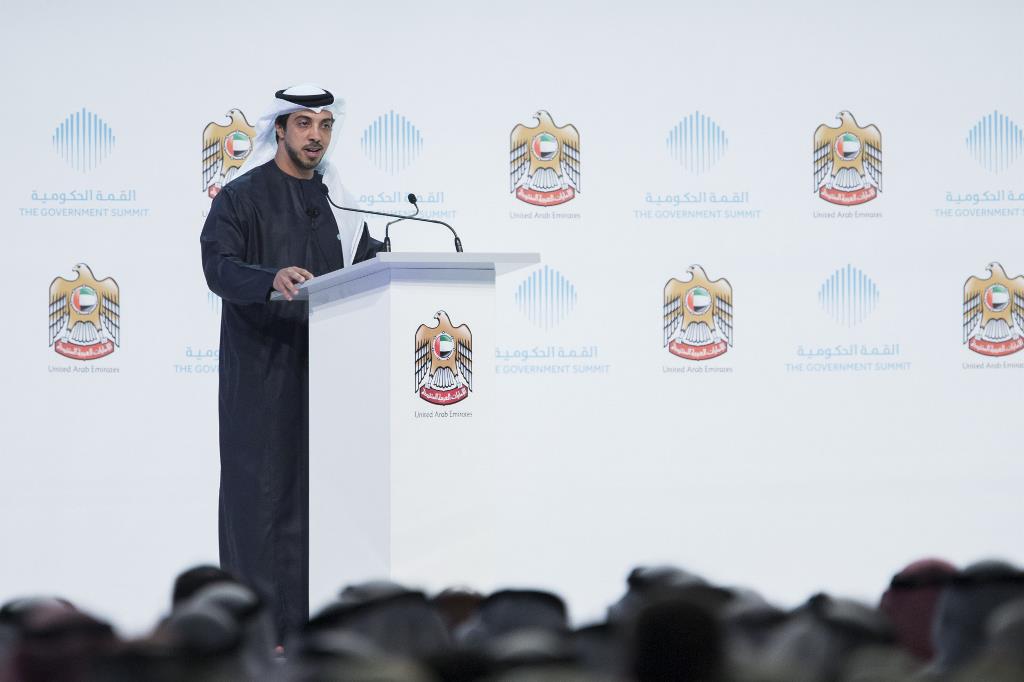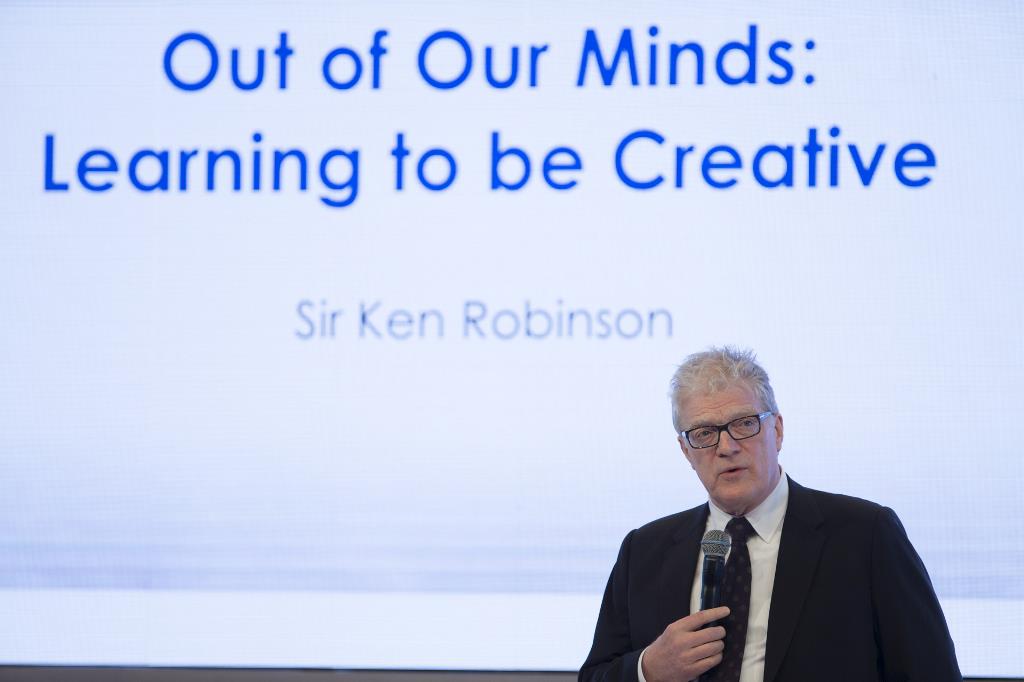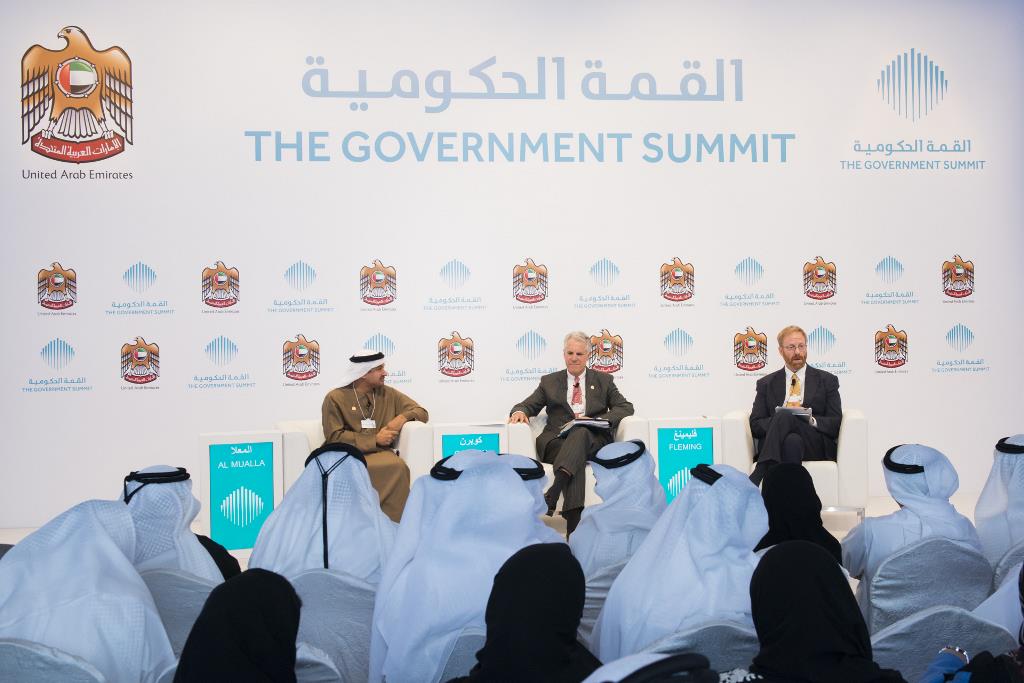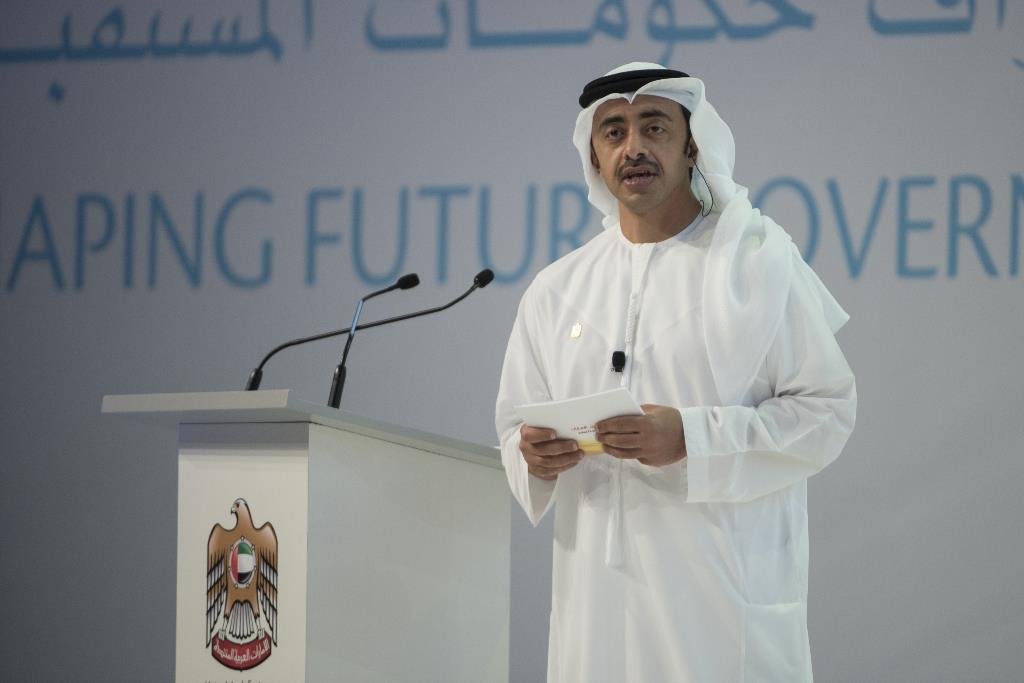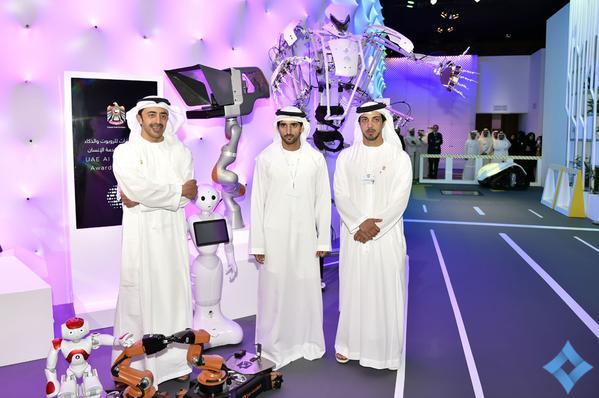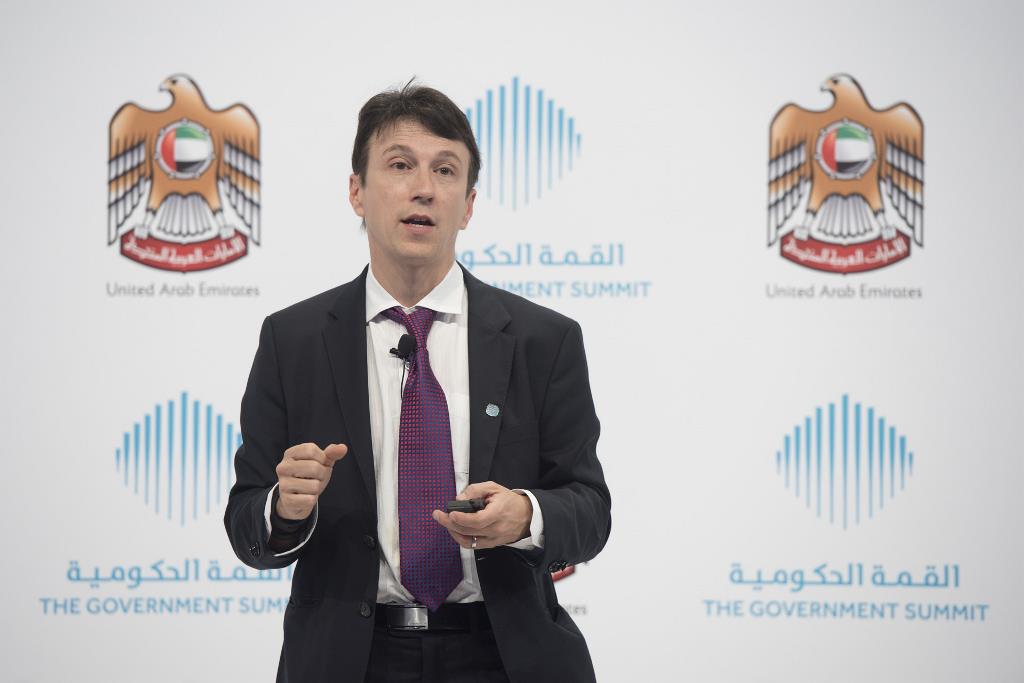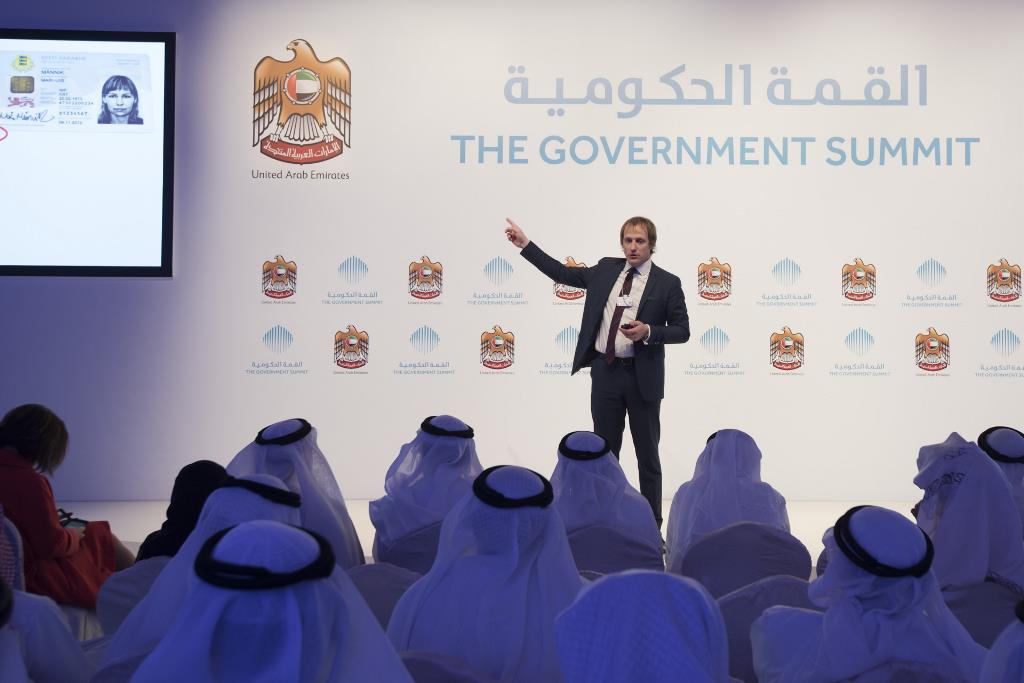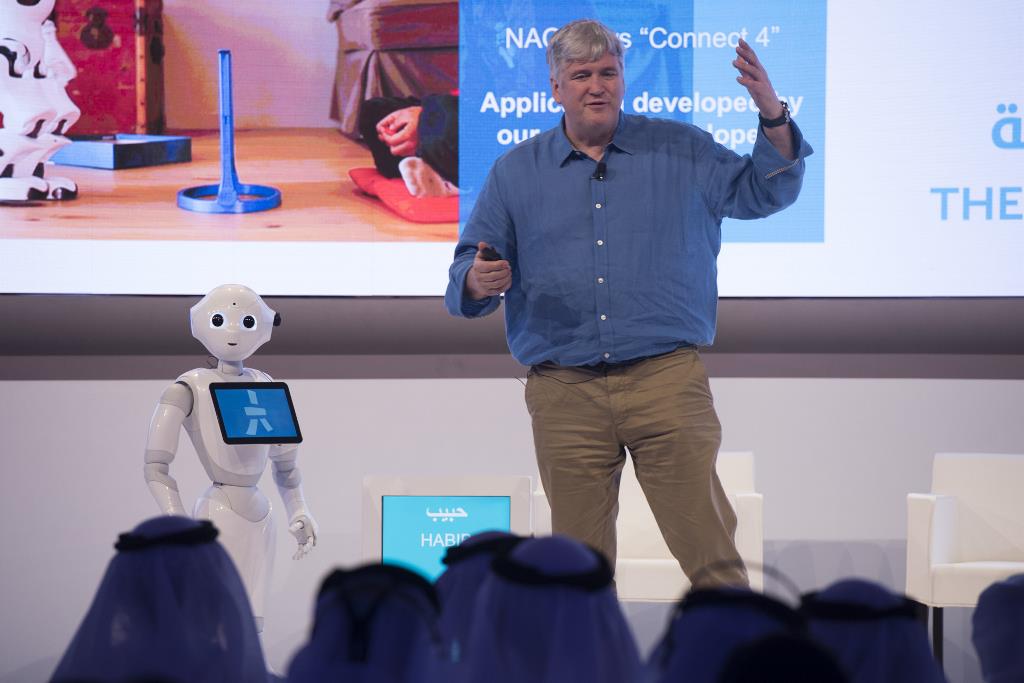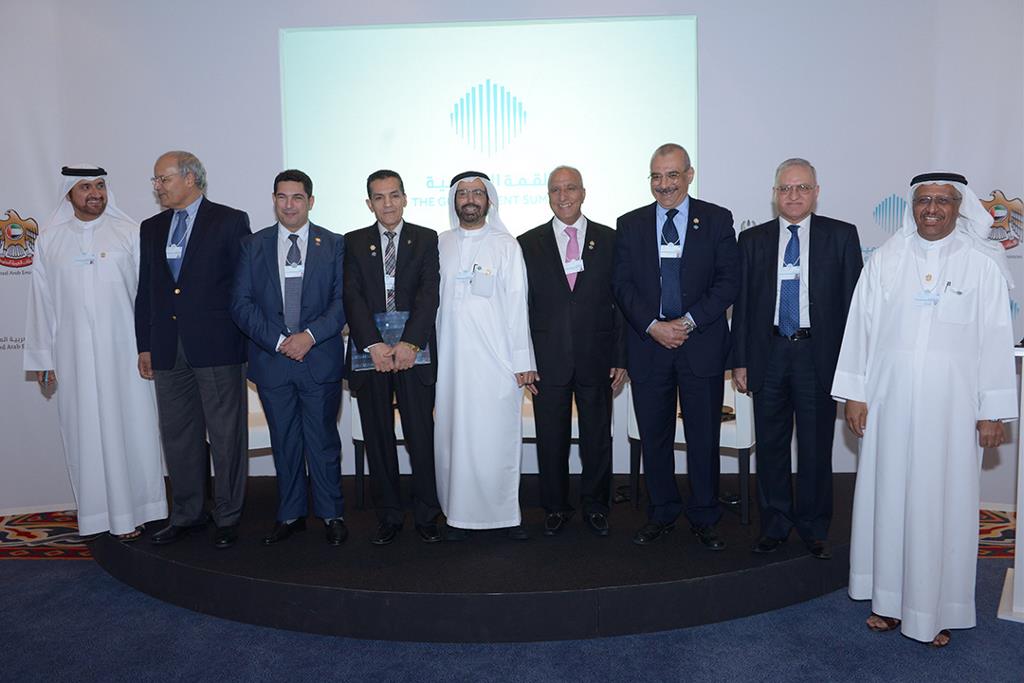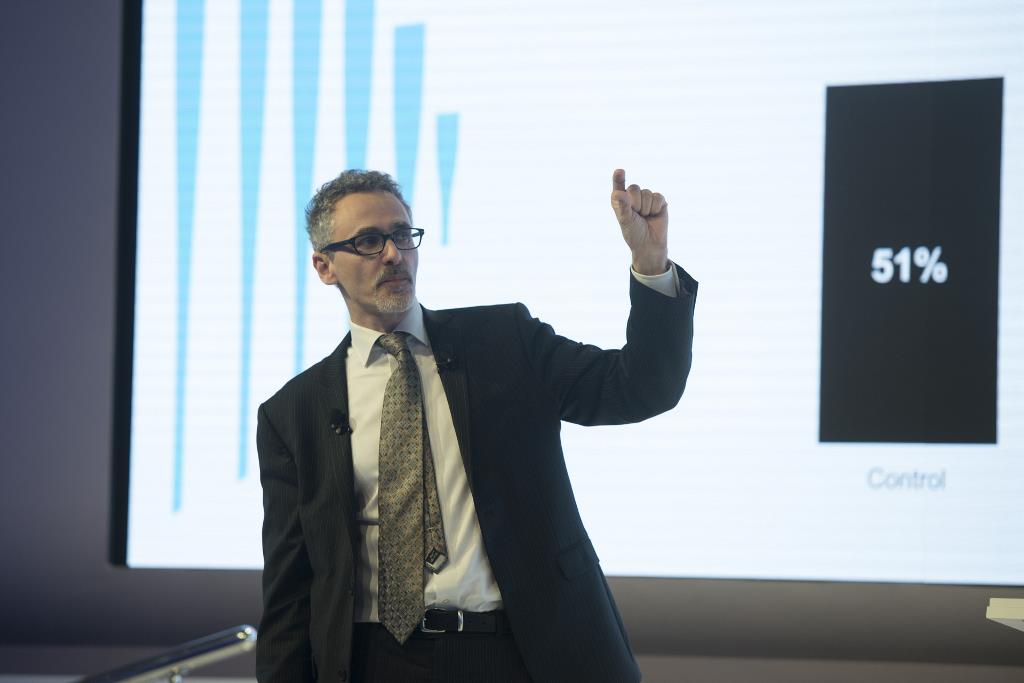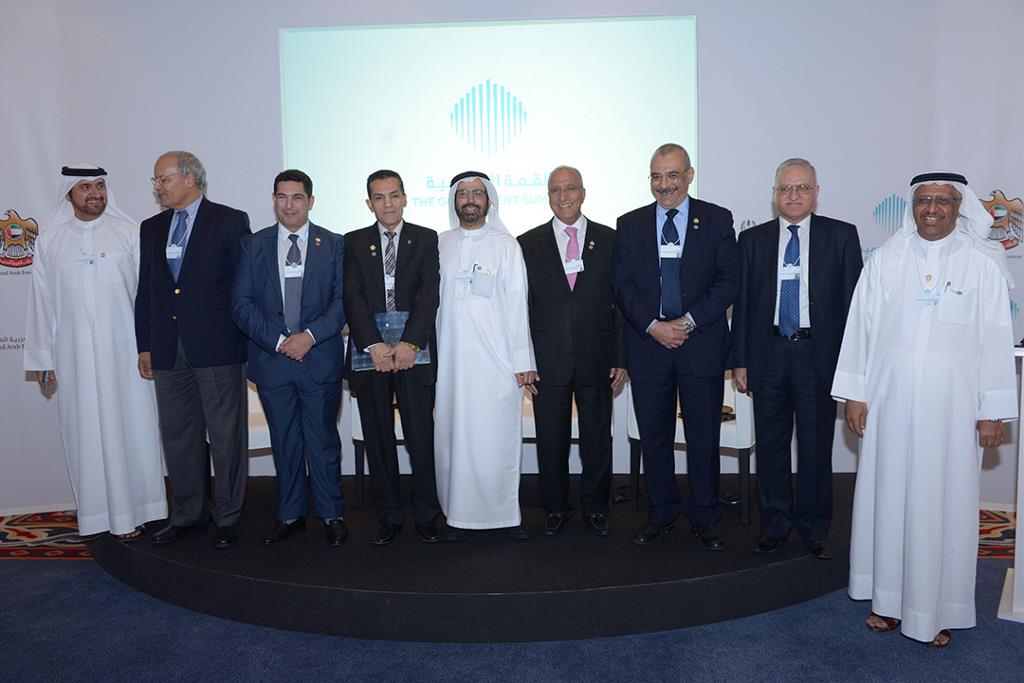The New Talent Dilemma
The skills gap is apparent in the US where despite 4 million open jobs on the market, there are still about 8 million jobless people. The new talent dilemma, according to Blue, is that the current available jobs and the upcoming jobs in the pipeline are calling for high skills that the system has not been able to deliver
Since 1970, productivity has increased by 115% but over time the real wage remains unchanged. This is due to the rise of globalisation in the 1970s when the manufacturing sector has started to compete with its international peers putting a downward pressure on labour prices. This was followed by the automation technology era, which replaced some human capabilities.
While technology has changed the job market landscape, the education system continues to live in a parallel universe that produces old skills.
Describing the dilemma as an “acute problem”, Blue said education is not keeping up with the changes. The required brand new skills, he said, will revolve around entrepreneurship, innovation and high level of skills.
>
The winners are those who have the skills to become entrepreneurs, organisational managers and human managers while the losers are those whose skills can easily be replaced. Some of the jobs at risks are taxi drivers, loan officers, retail jobs, security guards, personal finance, among others.
Collaboration between the employers, job seekers and the education system can help seal the growing talent gap. Taking the model of Google as an example where the search engine has become the connector between those who offer and those who need content, Blue said employers, employees and the academe can also find a way to link to each other.&
Going forward, companies will fight for the highly sought workforce – the inventors, scientists, innovators, entrepreneurs and high skilled workers. To acquire and retain them, they should be motivated, given great challenges, and accorded an open environment where they are surrounded with similarly great people
Blue cited the business model of XPRIZE, a non-profit organisation that designs and manages public competitions intended to encourage technological development, as a way to inspire innovation and confirm purpose.
“Great challenges motivate great minds,” Blue said, stressing that challenges fuel innovation.
In conclusion, Gilbert said innovation should enable, ignite and nurture innovators. To enable innovators, capital, infrastructure, access to success and openness are essential. To ignite innovation, there should be a grand challenge and an active participation from the local market. To nurture these innovators, companies and governments should create local heroes who can make the drive for innovation contagious.
